Belly Button Piercing: 6 Types & Aftercare Tips In 2025
Discover the wide range of looks you can create with this stylish and edgy piercing.

Image: Shutterstock
Belly button piercings are seeing a major revival in 2025 and for good reason. They add a touch of sparkle to the look and elevate even the simplest of outfits within a matter of minutes. Navel piercings involve inserting a piece of jewelry on the skin fold above the belly button, allowing the jewelry to hang over it. They can also be pierced at a few different spots in and around the belly button. Although they are a great way of showing off your personal style, they often come with the risk of infection. But the good part is that the very process itself isn’t very painful and hurts less than other body piercings. In this article, we will learn everything you need to know about belly button piercing, how to look for a piercer, the best after-care practices, and more. Scroll down to find out.
 Piercing Guide: Belly Button Piercing
Piercing Guide: Belly Button Piercing- Placement: Piercing through the skin in and around the navel.
- Best Jewelry: Curved barbell
- Cost:$30-$75
- Pain Level: 4 or 5 out of 10
- Healing Time: About 6 to 8 months
In This Article
Who Can Get A Belly Button Piercing?
While a belly button piercing might seem fairly simple, not everyone can get it. It depends on your body type and whether or not the desired placement aligns with the anatomy of the naval area. This is where getting a professional piercer’s advice is very crucial.
It is recommended that people with health issues such as diabetes, hemophobia (fear of seeing blood), heart problems, and autoimmune disorders check with a doctor before getting one. Moreover, pregnant women must also avoid getting one because the bodily changes experienced during that time can cause the piercing to move and result in scarring.
 Trivia
TriviaBelly button piercings may not be for everyone. However, if it works for you, then it is important to understand the finances involved. Check out the next section to find out.
Key Takeaways
- Belly piercing involves piercing the skin above or around the belly button with a captive bead ring or curved barbell.
- Belly piercing may not be suitable for everyone as it depends on the individual’s navel shape, anatomy of the body, and health conditions.
- Factors such as the reputation of the studio, the piercer’s expertise, the complexity of the piercing, and the type of jewelry determine the final cost of the piercing.
- Choose high-quality, durable, and hypoallergenic materials such as titanium and gold to reduce the risk of infection, irritation, or allergic reactions.
How Much Does A Belly Button Piercing Cost?
The cost of belly piercing depends on several factors such as the reputation of the studio, the piercer’s skill and experience, geographical location, and the complexity of the piercing. This body piercing may cost anywhere between $30-$100. However, one must note that this is a baseline price, including the jewelry. The cost may go up further depending on the material and the type of belly piercing jewelry. Plus, tipping your piercer for their service may add to the overall cost. Therefore, discuss the cost with your piercer to save yourself from last-minute hassles.
The cost of your belly button piercing also depends on the type and complexity of the piercing. Scroll down to the next section to know more.
Types Of Belly Button Piercing
The versatile nature of this piercing allows one to pick and choose a type that resonates with their personality. Given below are the different types of belly button piercing:
- Outie Belly Button Piercing
It is one of the most complicated yet beautiful belly piercings out there. It involves piercing the extra skin tissues around the belly button. However, this makes it more prone to infection and pain than the other parts of the naval region.
- Bottom Belly Button Piercing
Also known as inverse navel piercing, this involves piercing the lower rim of the belly button. It is great for those with wider navels as it typically covers a large surface area.
- Standard Navel Piercing
This is the classic type of piercing that involves piercing the upper rim of the navel with a curved barbell or captive bead belly rings. It is also considered to be extremely versatile and works with a plethora of outfits and different body shapes.
- Double Navel Piercing
This involves getting a piercing on the upper and lower portion of the belly button, allowing for multiple decorative styles of accessories. However, a double belly button piercing may require a bit of extra care and take longer to heal.
- Floating Navel Piercing
While the traditional belly button piercing may not work for everyone, one can go for this alternative known as the floating navel technique. This requires the piercer to place the jewelry at the bottom of the navel and use a flat disc rather than a gem or ball-piercing jewelry to create an illusion of it floating against the navel. This method is great for those individuals who have a small belly cavity or a deep-set belly ridge.
- Surface Piercing
It involves piercing a piece of belly jewelry horizontally across the navel, making it great for those who don’t have enough flap of skin. However, this type of piercing is more prone to rejection and migration and hence requires extra love and care.
Once you decide on the type of piercing you want, the next step is to find a skilled piercer who will help ensure a smooth and safe experience. Find out how to do so in the section below.
How To Find A Good Piercer

Finding the right piercing artist is a crucial step in this journey. Here are a few pointers to help you find your piercer:
- Look at the piercer’s photo portfolio to get an idea about their work.
- Check customer reviews to see if they have happy clients.
- Visit the studio and see if they follow hygiene protocols and sanitation practices.
- Ask for their experience, certifications, and license.
- Make sure you ask questions and feel comfortable around them before making your decision.
Getting a piercing can be exciting but it is important to remember that there is no gain without pain. If you are thinking about whether a belly piercing hurts or not, scroll down to find out.
Does A Belly Button Piercing Hurt?
The belly area is thought to be less painful since it is on the stomach area. However, in reality, belly button piercings hurt just like every other piercing. While the pain is subjective and based on a person’s pain threshold, getting a needle punctured into your skin is never going to be the most comfortable experience ever.
Many rate the pain somewhere between 4-5 out of 10 on the pain scale. Although the stomach area has a lot of flesh and may hurt less than other piercings, a piercer’s skill and experience also play a key role in ensuring a safe and pain-free experience.
Victoria, a blogger, shared her experience of getting a belly button piercing. Talking about the pain level, she writes, “It’s been a week now since I got my stomach pierced, and safe to say, I absolutely love it! And for those out there wondering if it hurt, I won’t lie, it did; but it only hurt for the few seconds it was being done and after that, I didn’t feel any pain (i).”
Getting a belly button piercing is a super-quick process in the hands of a professional piercer. But that begs the question, how long does it take to heal? Find out in the next section.
How Long Does A Belly Button Piercing Take To Heal?
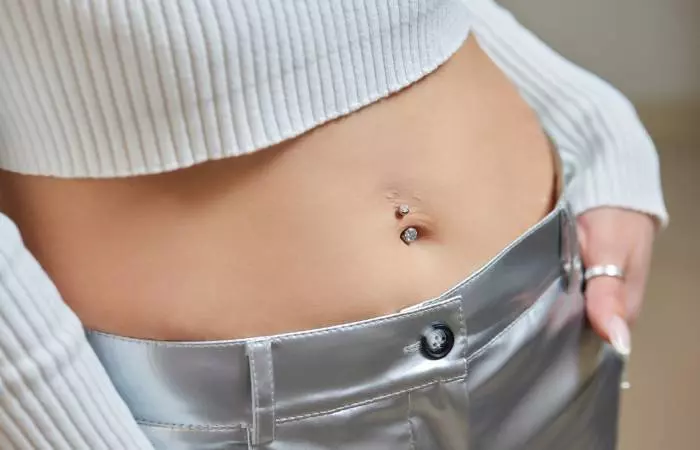
The healing can take anywhere between 6 months to a year. However, it is important to keep in mind that it can vary from person to person based on their activity level, body shape, immunity, and overall health. Having said that, practicing good aftercare is also important to prevent infection.
If your piercing no longer oozes any fluids or does not have any crusty formations, then it might be fully healed. However, it is essential to keep the freshly pierced area clean to minimize the risk of any complications. Check out the next section to know more.
How To Clean A Belly Button Piercing
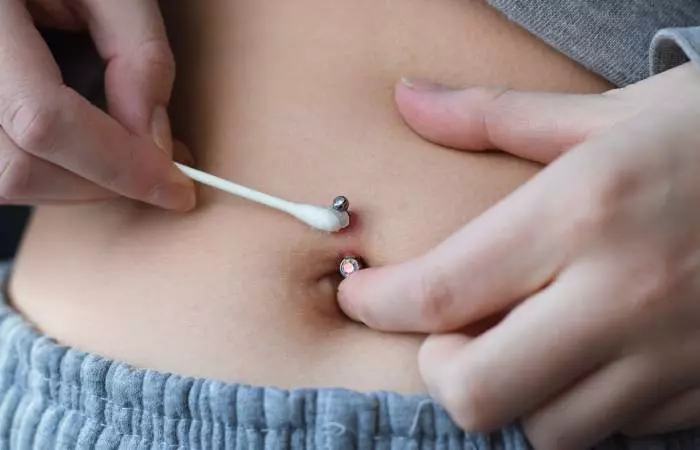
If you want to know how to clean a belly button piercing the right way, follow the process that we have explained below.
- Wash your hand thoroughly with an antibacterial soap to prevent introducing bacteria to the piercing wound.
- Cleanse the belly button pierced area with a mild antiseptic soap or solution and water. Wait for at least 30 seconds before rinsing it off.
- Soak your piercing in a saline solution for 5-10 minutes twice a day to ensure optimal cleaning.
- Once you are done, use a disposable paper towel to pat dry the area.
Regularly cleaning the piercing area can ensure your piercing heals well. However, there are some other aftercare practices one can follow to optimize the recovery process. Find out in the section below.
If you are wondering how to take care of a belly button piercing, follow a good aftercare routine. Here are some tips you can follow:
- Avoid using cotton balls to clean your belly button piercing as the fibers can get stuck in the piercing and cause a lot of discomfort.
- Avoid picking the scabs or touching the pierced area too often as it can disrupt the healing process and even lead to bleeding and scarring.
- Wear loose clothing and pants with low-rise waistbands to avoid irritating the area.
- Refrain from using swimming pools, lakes, hot tubs, or other water bodies to avoid contamination.
- Use a protective bandage during exercise to protect the affected area from friction, sweat, and bacteria.
- Avoid using hydrogen peroxide or alcohol to clean the belly button piercing as it can irritate the healing skin.
- Avoid overcleaning the belly button piercing area as it can lead to slower healing.
- Place a salt soak by the bed on the first night and apply it to your piercing before standing up the next morning. This helps prevent any crust from being pulled into the piercing wound.
Belly button piercings are an excellent way of expressing your individuality. However, they come with their own set of complications. Scroll down to the next section to find out.
If you have decided to take the plunge, it is important to be aware of the following side effects so that you are mentally prepared and ready to take care of the new piercing:
- Infection
Lack of proper care, wrong placement in the hands of a novice piercer, or just touching the piercing area unnecessarily can lead to an infected belly button piercing. The signs of infection may manifest as swelling, redness, and severe pain. If not treated on time, it can lead to an abscess. This, in turn, can cause fever, rapid breathing, chills, or even sepsis (blood poisoning) (1).
- Rash
This may develop due to an allergic reaction from using low-quality jewelry, excessive friction, or sensitivity to aftercare products.
- Bleeding
While it may not be an immediate cause of concern, persistent or excessive bleeding should call for immediate medical intervention.
- Discharge
Oozing of white fluid from the pierced site is the body’s natural response to wound healing. However, a yellowish-green liquid may indicate an infection.
- Scarring
One may experience bulging or thickening of the skin tissues around the belly button piercing site during the healing process.
Following the aftercare instructions given by your piercer will help reduce the risk of developing these complications and ensure a safe and smooth recovery. Once your piercing heals, you can experiment with different types of jewelry to create different looks daily. Check out the next section to find out.
Belly Button Piercing Jewelry 101
Whether you want to mix and match your jewelry or stick to one style, remember decking your belly button piercings is all about having fun. They give off cool vibes and some edge to your look. Also, this area offers enough space for multiple piercings. If you aren’t sure where to start, read through the section below.
Types Of Jewelry To Choose From
A navel piercing adds an oomph factor to the look. They look undoubtedly cool and surely turn heads. That is why the jewelry you choose is so important. You can use any of the jewelry styles mentioned below for your belly button piercing:
- Curved Barbell
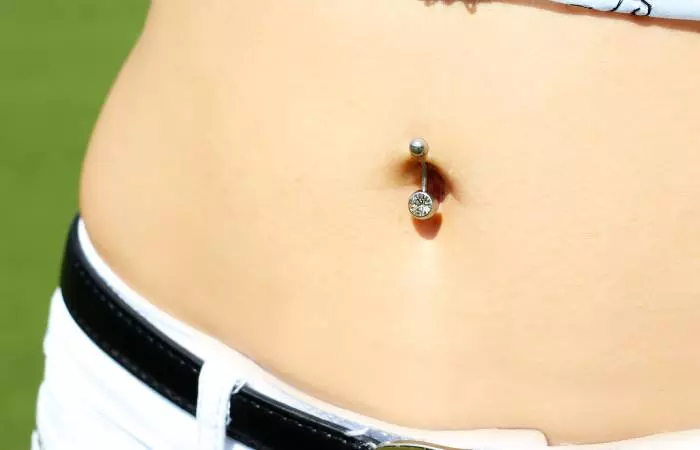
Curved barbells are the most popular choice for belly button piercing. As the name suggests, this jewelry pops outwards against the belly button and usually sits well with the natural shape of the body. It also features beads on both ends, making it easier to remove or adjust the jewelry altogether.
- Captive Bead
This form of jewelry usually comes in 14 or 16-gauge sizes. It is a hoop or ring with beads decked on them. It hugs the navel and falls outwards, making a part of the ring visible.
- Twister Spiral
This twisted jewelry is a fun and delightful accessory. Twisted at both ends, this ornament puts less pressure on the navel area and looks great on its own.
- Reverse-Style
Also known as the top-down style of jewelry, it showcases the larger portion of jewelry above the navel with a small portion inside the belly button. The best part about this type of jewelry is that you can wear it in whatever way you like.
- Dangler

If bold and beautiful is your vibe, then danglers make for a great choice for belly button piercing. It features a curved barbell and comes in various styles and designs.
- Non-Dangle
For those who like to keep it subtle and don’t really like flashing their navel ring every time, these non-dangle jewelry are a great fit. They come in the form of a hinge, drop, or curved barbell.
The jewelry material plays a critical role in selecting your jewelry. Scroll below to understand how to do so.
Tips To Choose The Right Material And Size
It is important to choose the right material for the jewelry to ensure it is not biocompatible to your skin or does not mix with body fluids. Here are some materials you can go for :
- Implant-Grade Stainless Steel: It is considered one of the safest metals for body piercing as it is hypoallergenic, affordable, durable, and resistant to corrosion and staining.
- Medical-Grade Titanium: It is lightweight with a high strength-to-weight ratio, making it extremely durable. Plus, it does not contain nickel, making it a great choice for those with sensitive skin.
- Gold: It is a classic metal that is considered one of the safest metals for the skin. However, ensure you go for one with 14 karats or above as anything less than that will be very soft and not-so-safe for a healing belly button piercing area.
Apart from the material, the size must also be taken into consideration to ensure the jewelry does not cause any discomfort.
The size for a navel piercing jewelry falls between 12g-14g. However, it is recommended to buy jewelry with a larger gauge size to reduce the risk of migration, pain, discomfort, and rejection. Plus, one should select a jewelry size appropriate to the body and the shape of the navel.
 Pro Tip
Pro TipThe wide range of jewelry allows one to experiment with different looks as per their mood or occasion. Learn how to change your jewelry safely in the section below.
When And How To Change The Jewelry
You can remove the belly button piercing jewelry once your piercing has healed. Always wash your hands with fragrance-free soap and water before touching the pierced area to avoid transferring bacteria. Use one hand to pinch the jewelry and the other hand to pull it away slowly and remove it. However, if you are removing the piercing for the first time, go to a piercer and get it removed properly without ruining the piercing. Once you have removed the old belly button piercing, wash the area with a sterile salt solution. Thereafter, cleanse the new jewelry, rewash your hands, and insert it into the now-empty hole.
A belly button piercing is not just a piercing; it is a bold statement of your individuality. Even though the stomach area is fleshier, it may still turn out to be an uncomfortable experience. That is why employing the services of an experienced piercer is the key to a safe and pain-free experience. Ensure you clean your piercing twice daily and wear loose clothing to minimize the risk of infection and scarring. Lastly, choose jewelry made with hypoallergenic materials like gold and titanium to let your piercing heal properly.
Frequently Asked Questions
How can I tell if my belly button piercing is healing properly?
Signs of a properly healing belly button piercing include minimal redness, no swelling, and a gradual decrease in tenderness. Some clear or slightly yellow discharge may be normal, but if you notice excessive redness, pain, or pus, consult your piercer or healthcare professional.
What should I do if my belly button piercing gets snagged or pulled?
Try to gently move the jewelry in the opposite direction to get it out. However, if the snagging or pulling leads to bleeding, use a sterile gauze and saline solution to clean the area effectively. But if the piercing stretches or rips, consult a doctor for the same.
Are there any activities I should avoid after getting a belly button piercing?
Yes, avoid rough contact sports and activities that can cause potential trauma to belly button piercing as one might accidentally get hit in the pierced spot which can jeopardize safety and health.
Can I wear high-waisted jeans with a belly button piercing?
One can wear high-waisted jeans along with a belly button piercing after the wound has completely healed. If one wears it before that, then it can rub against the piercing and irritate the piercing.
Does Vaseline help heal a belly piercing?
Using Vaseline on a healing wound may trap moisture and prevent airflow, which may impede the healing process. Hence, consult your piercer or healthcare professional before applying any topical medication or petroleum jelly to ensure optimal healing.
Should I cover my belly button piercing overnight?
One can cover the belly button piercing with gauze padding to prevent friction around the area. However, if it is a freshly pierced area, avoid doing so as it may impede the airflow and lead to excessive moisture build-up, increasing the risk of an infection.
Following the aftercare instructions given by your piercer is crucial to a fast and optimum recovery. Watch this video for some essential tips to take good care of your belly button piercing properly and safely.
Personal Experience: Source
StyleCraze's articles are interwoven with authentic personal narratives that provide depth and resonance to our content. Below are the sources of the personal accounts referenced in this article.
(i) I hate my belly, so I got my belly button pierced.
https://theweightofmyworlds.wordpress.com/2019/04/13/i-got-my-belly-button-pierced/
References
Articles on StyleCraze are backed by verified information from peer-reviewed and academic research papers, reputed organizations, research institutions, and medical associations to ensure accuracy and relevance. Read our editorial policy to learn more.
- Body Piercing Infections
https://www.ncbi.nlm.nih.gov/books/NBK537336/
Read full bio of Eve Phillips
Read full bio of Joyce Joyson
Read full bio of Eshna Das
Read full bio of Shreya Mukherjee







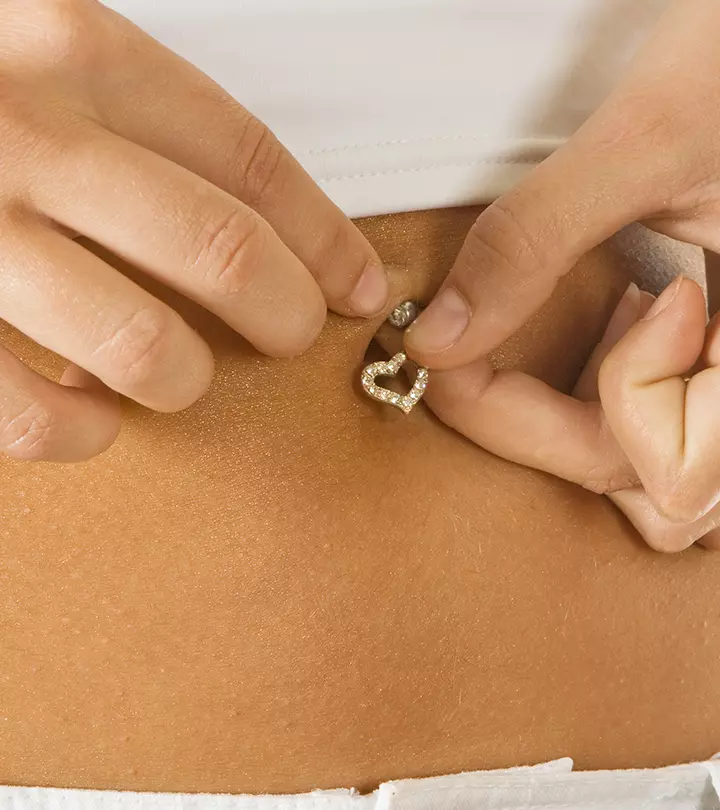
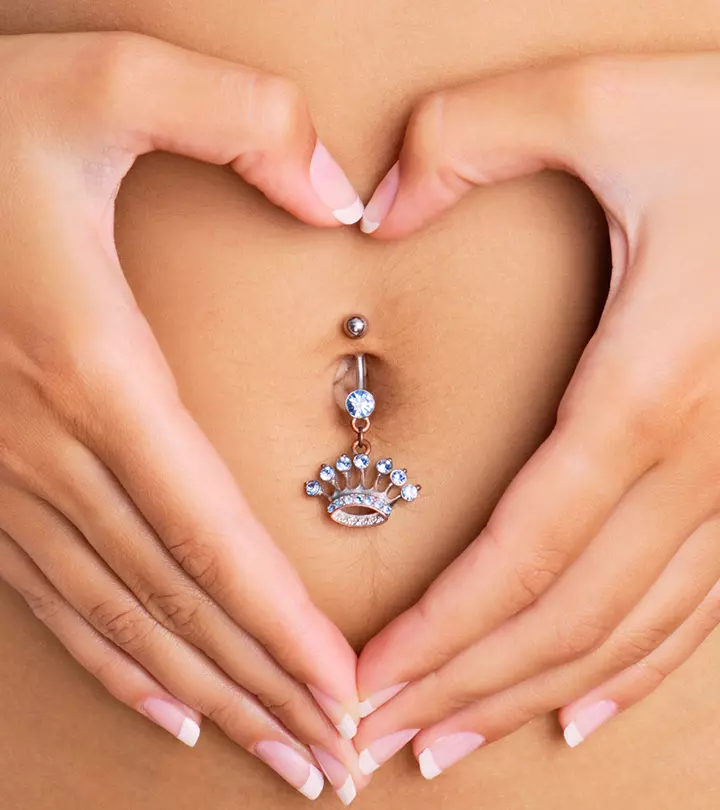
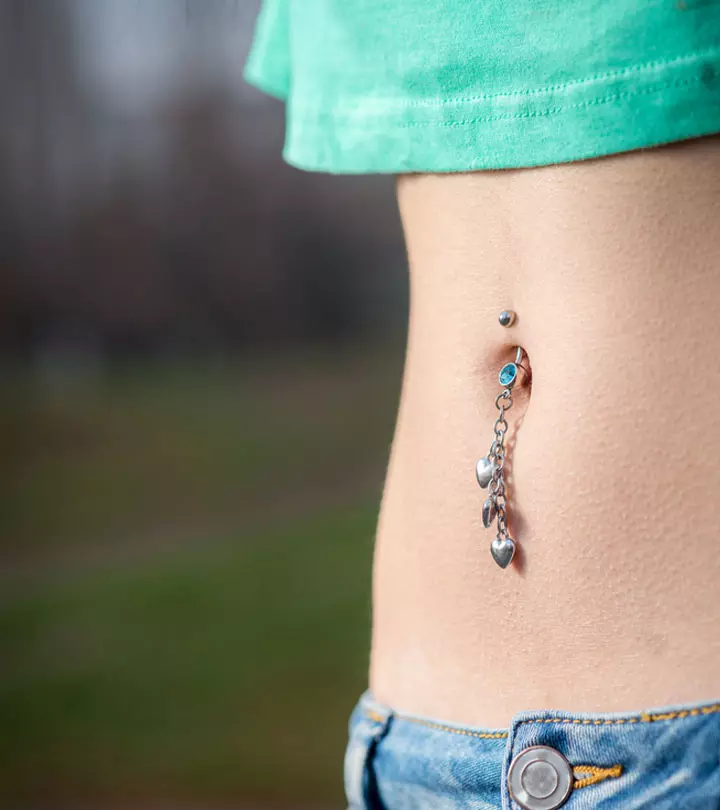

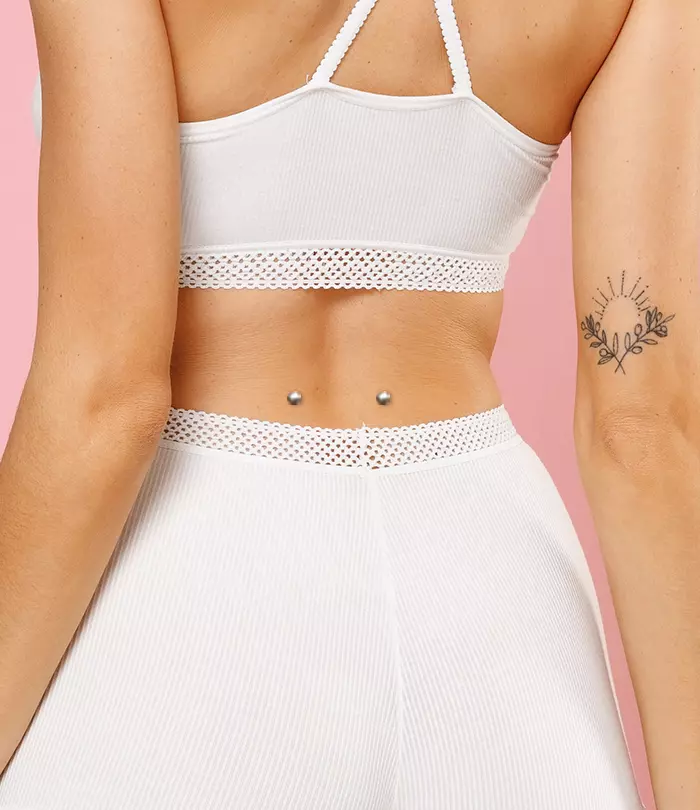
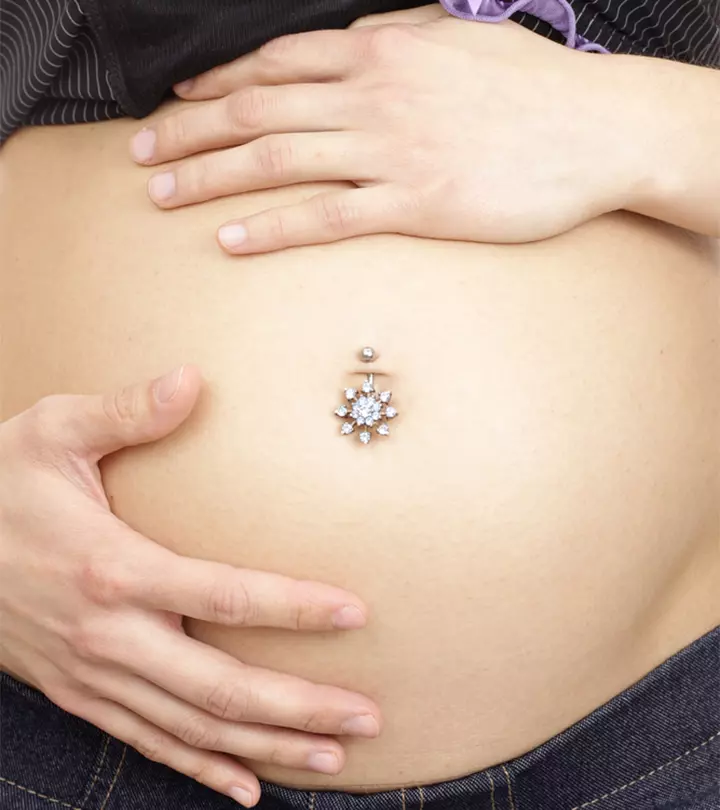
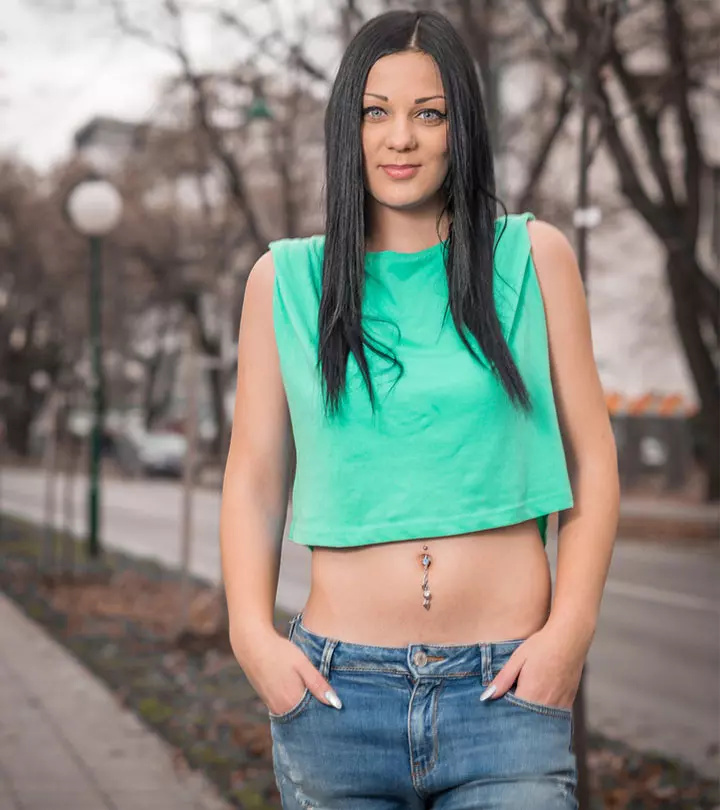
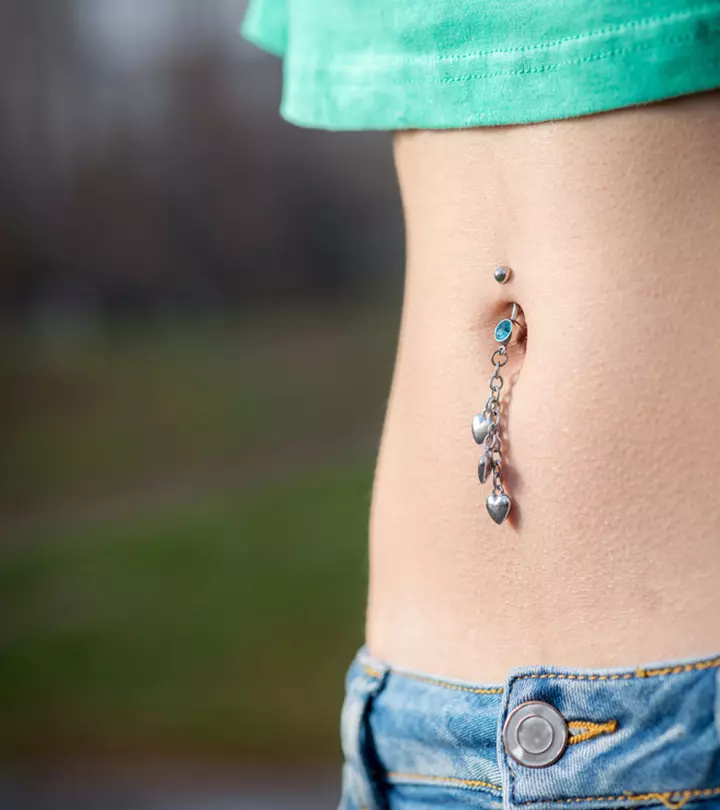

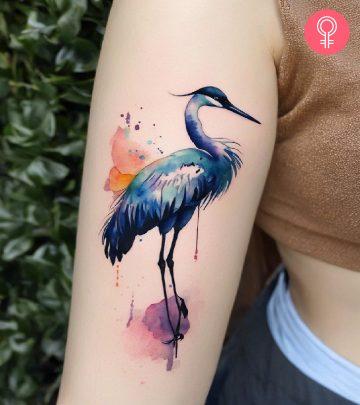
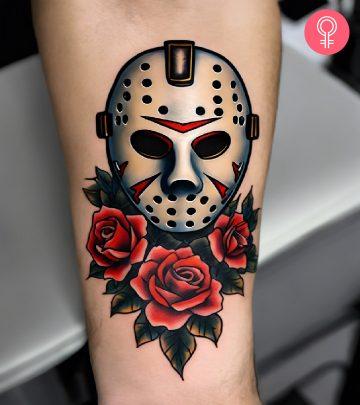


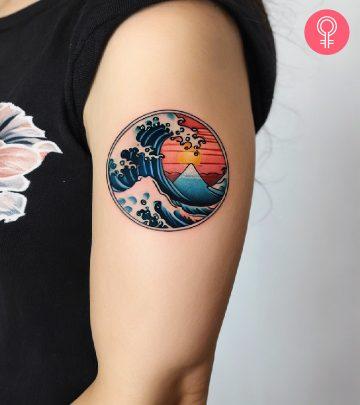


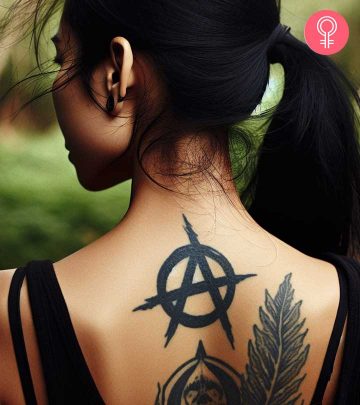


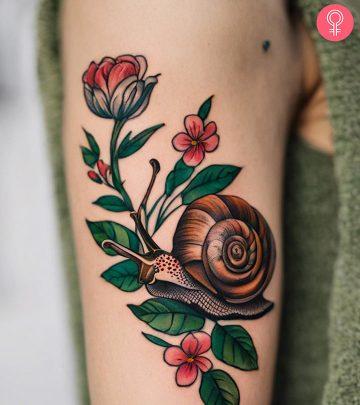
Community Experiences
Join the conversation and become a part of our empowering community! Share your stories, experiences, and insights to connect with other beauty, lifestyle, and health enthusiasts.